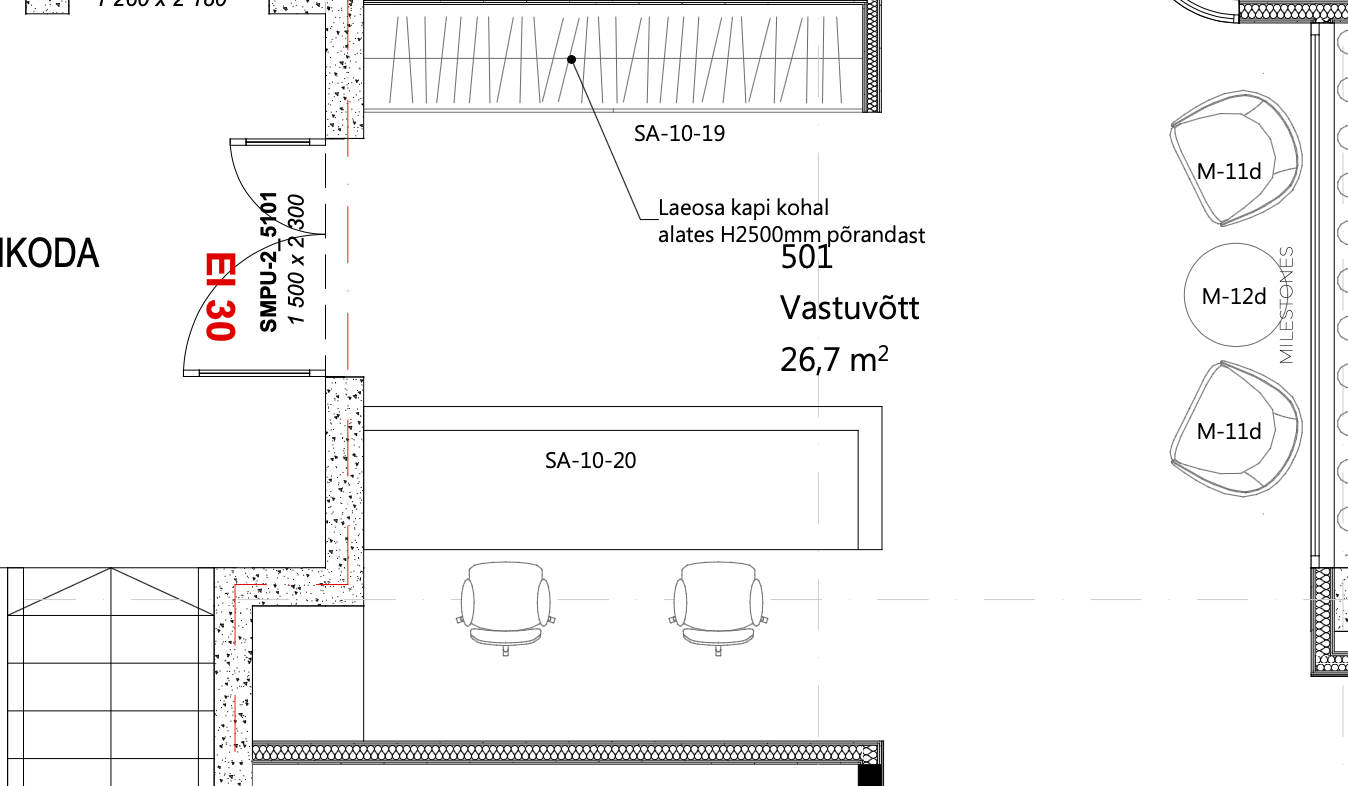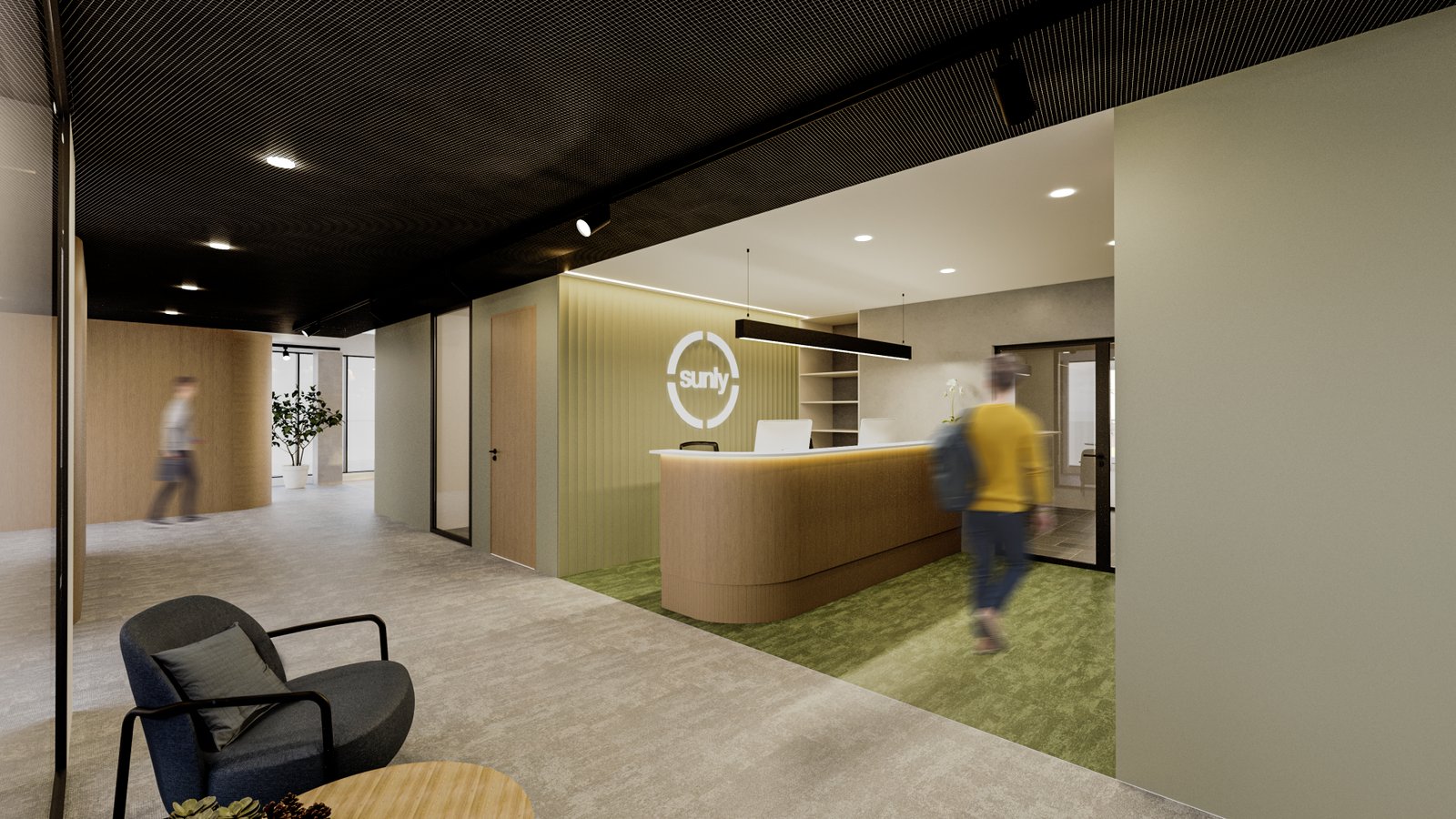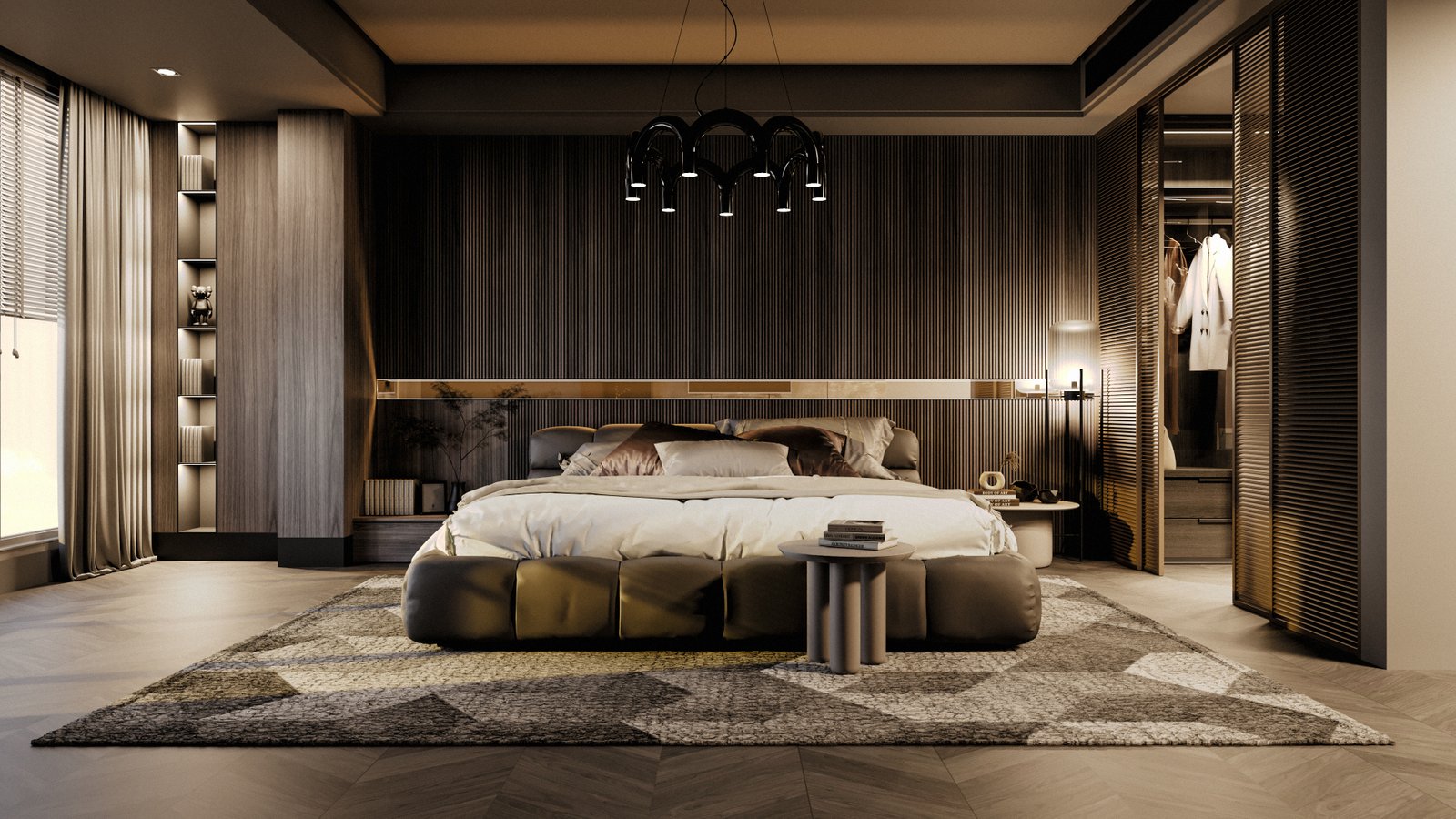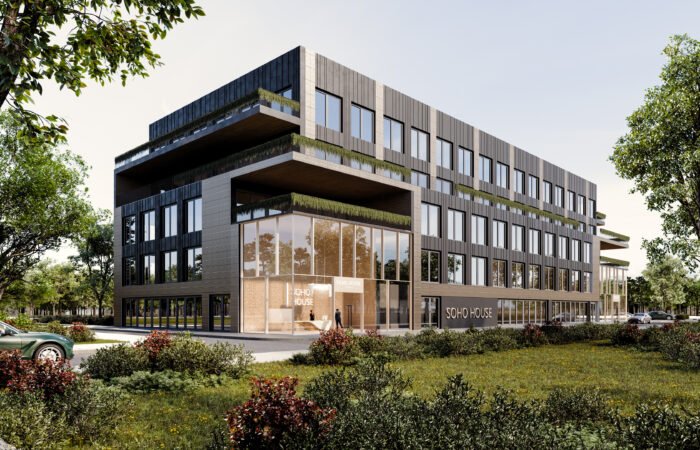In the world of architecture and design, effective communication is key. A successful project relies on a harmonious collaboration between designers and their clients. Thanks to modern technology, architectural rendering has emerged as a powerful tool that enhances this collaboration. It bridges the gap between abstract ideas and tangible results, allowing designers and clients to work together more seamlessly and achieve a shared vision. In this post, we’ll explore the ways in which architectural rendering enhances collaboration between designers and clients.
1. Visual Clarity
One of the most significant benefits of architectural rendering is the ability to provide visual clarity. Traditional blueprints and sketches can be difficult for clients to interpret accurately. With 3D architectural rendering, designers can create realistic representations of their ideas. Clients can easily grasp the design concepts and visualize the end result. This visual clarity reduces misunderstandings and ensures that both parties are on the same page from the start.
 Reception 2D plan
Reception 2D plan
 Render of the reception
Render of the reception
2. Iterative Design
Architectural rendering allows for an iterative design process. Designers can quickly make changes and adjustments to the rendering, providing clients with various options to choose from. This flexibility empowers clients to be more involved in the decision-making process and allows them to fine-tune the design to their preferences.
3. Realistic Material Representation
Clients often have specific preferences for materials and finishes. Architectural rendering can accurately showcase how different materials will look in the final project. This realistic representation enables clients to make informed decisions about the aesthetic aspects of the design.

4. Cost and Time Savings
By using architectural rendering, designers and clients can identify potential issues and challenges early in the design phase. This proactive approach saves both time and money. It allows for the resolution of any design problems before construction begins, reducing the likelihood of costly modifications during the building process.
“Architectural rendering: where cost meets clarity, and time meets communication.”
5. Enhanced Communication
Clear and vivid visuals foster enhanced communication between designers and clients. Both parties can use the rendered images and 3D models as a common reference point. This shared visual language helps in discussing design ideas and making informed decisions. It also enables clients to provide specific feedback, leading to a more tailored and satisfactory outcome.

6. Improved Marketing and Presentation
For designers, architectural rendering is not only a tool for collaboration but also a powerful marketing asset. High-quality renderings can be used to present concepts to potential clients or investors, helping to secure projects and funding. The ability to showcase photorealistic representations of designs is a significant advantage in a competitive industry.

7. Remote Collaboration
In an increasingly globalized world, architectural rendering facilitates collaboration between designers and clients, regardless of their physical location. Clients can be part of the design process without the need for frequent in-person meetings, making it more convenient and cost-effective for all parties involved.
In conclusion, architectural rendering is a game-changer in the design and construction industry. It strengthens collaboration between designers and clients by providing visual clarity, facilitating an iterative design process, representing materials realistically, saving time and money, enhancing communication, improving marketing efforts, and enabling remote collaboration. Embracing this technology can lead to more successful and satisfying architectural projects, as it ensures that the design aligns with the client’s vision and expectations.

